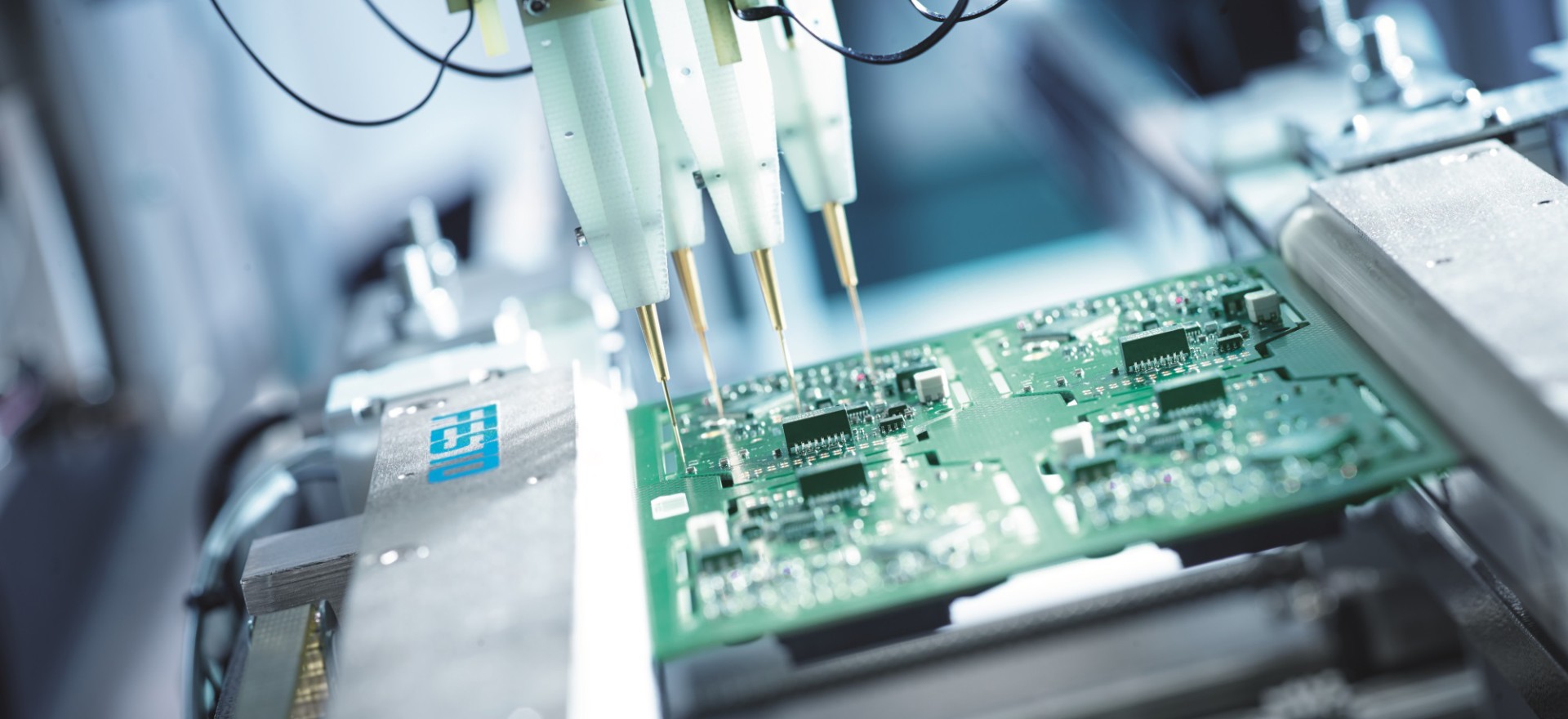
How to Create a PCB for STM32?
Global electronic component supplier AMPHEO PTY LTD: Rich inventory for one-stop shopping. Inquire easily, and receive fast, customized solutions and quotes.
Creating a PCB for an STM32 microcontroller involves several steps, from schematic design to PCB layout and manufacturing. Below is a step-by-step guide to help you through the process:

Step 1: Select the STM32 Model
Choose the specific STM32 microcontroller (e.g., STM32F103C8T6, STM32F407VG) based on your project requirements (GPIO, ADC, PWM, communication interfaces, etc.).
Step 2: Design the Schematic
-
Use a PCB Design Tool:
-
KiCad (Free & Open Source)
-
Altium Designer (Paid, Professional)
-
Eagle (Free for small boards)
-
EasyEDA (Online, Easy to Use)
-
-
Add the STM32 to the Schematic:
-
Find or create the STM32 symbol in your tool’s library.
-
If not available, manually draw the symbol based on the datasheet.
-
-
Essential Components:
-
Power Supply:
-
3.3V regulator (e.g., AMS1117-3.3) if not using USB power.
-
Decoupling capacitors (100nF & 10µF near VDD/VSS pins).
-
-
Crystal Oscillator:
-
8MHz (HSE) for main clock + 32.768kHz (LSE) for RTC (optional).
-
Load capacitors (typically 20pF).
-
-
Reset Circuit:
-
A 10kΩ pull-up resistor + 100nF capacitor for debouncing.
-
-
Boot Mode Selection:
-
BOOT0 pin (10kΩ pull-down for normal operation).
-
-
Programming Interface:
-
SWD (SWDIO, SWCLK) for debugging/programming (STM32CubeProgrammer, ST-Link).
-
Optional UART (TX, RX) for serial bootloader.
-
-
LEDs & Buttons (for debugging).
-
-
Connect Peripherals (UART, SPI, I2C, GPIO, etc.).
Step 3: PCB Layout Design
-
Set Up Board Dimensions (based on enclosure or project needs).
-
Place Components:
-
Start with the STM32, then place power supply, crystals, and connectors.
-
Keep decoupling capacitors close to VDD pins.
-
Place the crystal near the MCU with short traces.
-
-
Route Traces:
-
Use 40-50 mil traces for power lines.
-
Use 8-12 mil traces for signals.
-
Avoid 90° angles (use 45° bends).
-
Keep high-speed signals (USB, SPI) short and away from noise sources.
-
-
Ground Plane:
-
Use a solid ground plane (improves noise immunity).
-
Avoid splitting the ground plane unnecessarily.
-
-
Silkscreen Labels:
-
Label pins, connectors, and test points for debugging.
-
Step 4: Design Rule Check (DRC)
-
Run DRC in your PCB tool to check for errors (unconnected nets, short circuits, etc.).
Step 5: Generate Gerber Files
-
Export Gerber files (for manufacturing) and drill files.
-
Common layers needed:
-
Top/Bottom Copper
-
Top/Bottom Silkscreen
-
Top/Bottom Solder Mask
-
Drill File (Excellon format)
-
Step 6: Order PCB Manufacturing
-
Use a PCB fabrication service like:
-
JLCPCB (Cheap & Reliable)
-
PCBWay
-
OSH Park (for small batches)
-
Upload Gerber files and select options (board thickness, color, etc.).
Step 7: Assemble the PCB
-
Solder Components:
-
Start with STM32 (use a soldering iron or hot air gun for QFP packages).
-
Solder passives (resistors, capacitors), then connectors.
-
-
Check for Shorts:
-
Use a multimeter to verify no shorts between power and ground.
-
Step 8: Program & Test
-
Connect Programmer (ST-Link, J-Link, or USB-UART for bootloader).
-
Upload Firmware:
-
Use STM32CubeIDE, Keil, or PlatformIO.
-
-
Debug:
-
Check power supply (3.3V).
-
Verify clock signals with an oscilloscope (if issues arise).
-
Additional Tips
-
Use Reference Designs: Check STM32 datasheets & evaluation board schematics (e.g., STM32 Nucleo boards).
-
Start with a Development Board: Prototype your circuit on an STM32 dev board before designing a custom PCB.
-
Add Test Points: Helps in debugging (e.g., for UART, SWD, power rails).
Related Articles
- ·Why can STM32 stand out from many 32-bit microcontrollers?
- ·How to distinguish fake chips?
- ·How do I secure an MCU from hacking or tampering?
- ·What are the advantages and disadvantages of using SoCs in embedded systems?
- ·How to implement a multi class neural network with STM32F103?
- ·Comparison of ARM vs. RISC-V MCUs
- ·How to achieve serial communication between STM32 and ESP8266?
- ·DS18B20 Temperature Sensor Detailed Explanation and Use Cases
- ·How to deploy artificial intelligence algorithms on STM32?
- ·The Difference Between 8-bit, 16-bit, 32-bit, And 64-bit Microcontrollers
